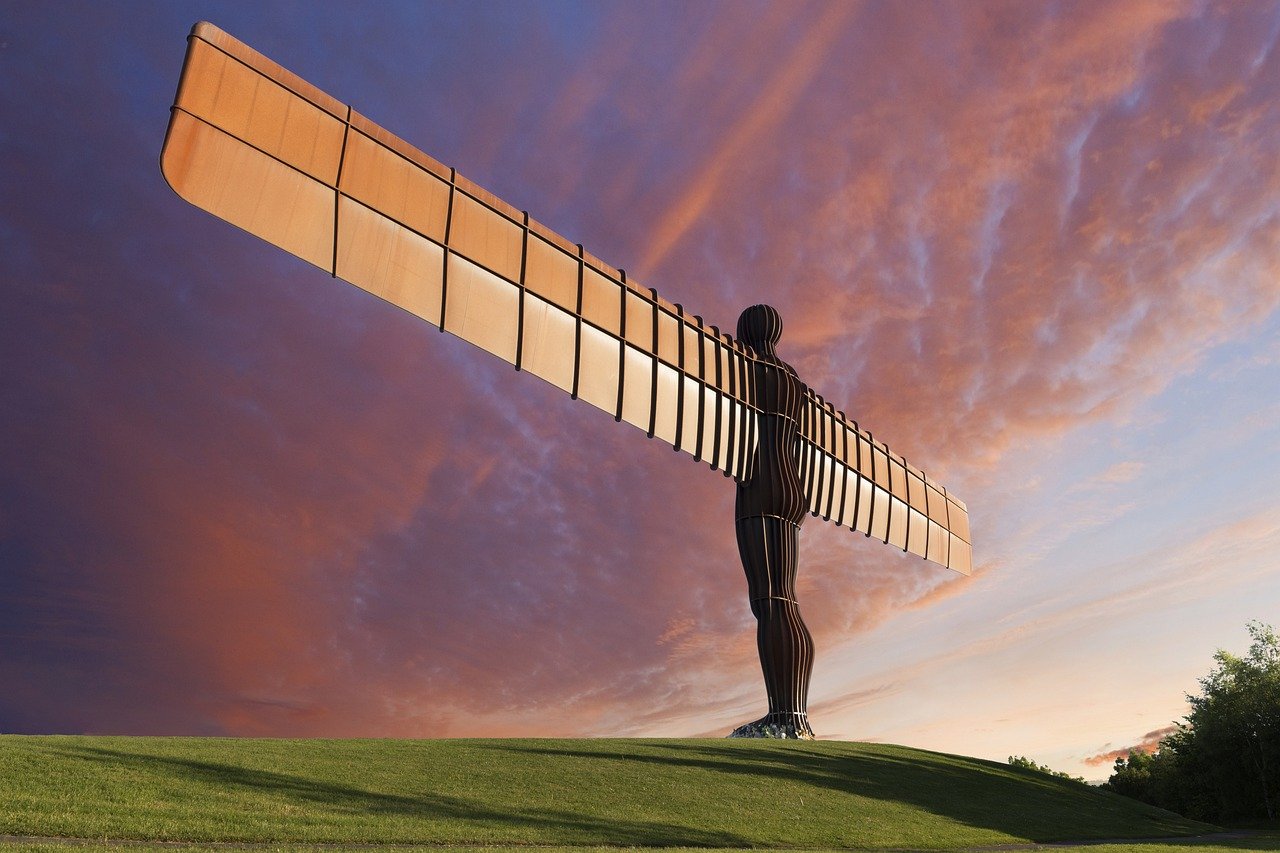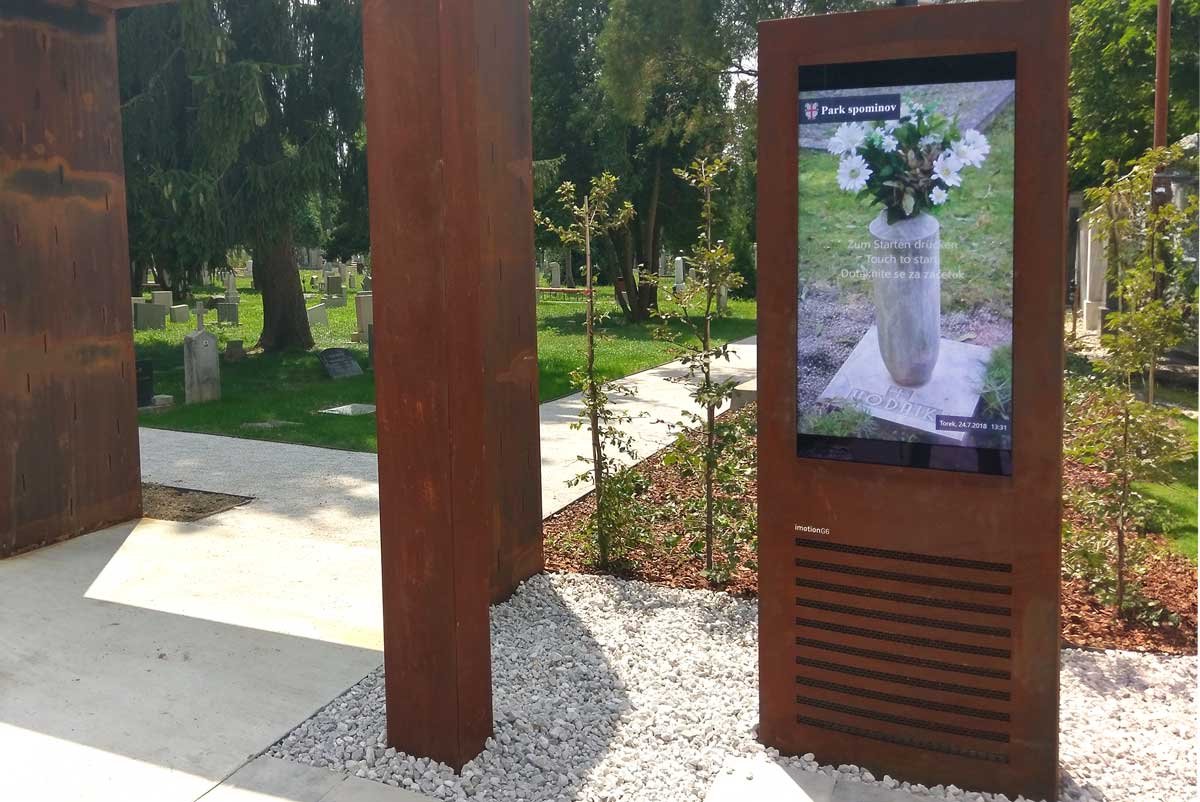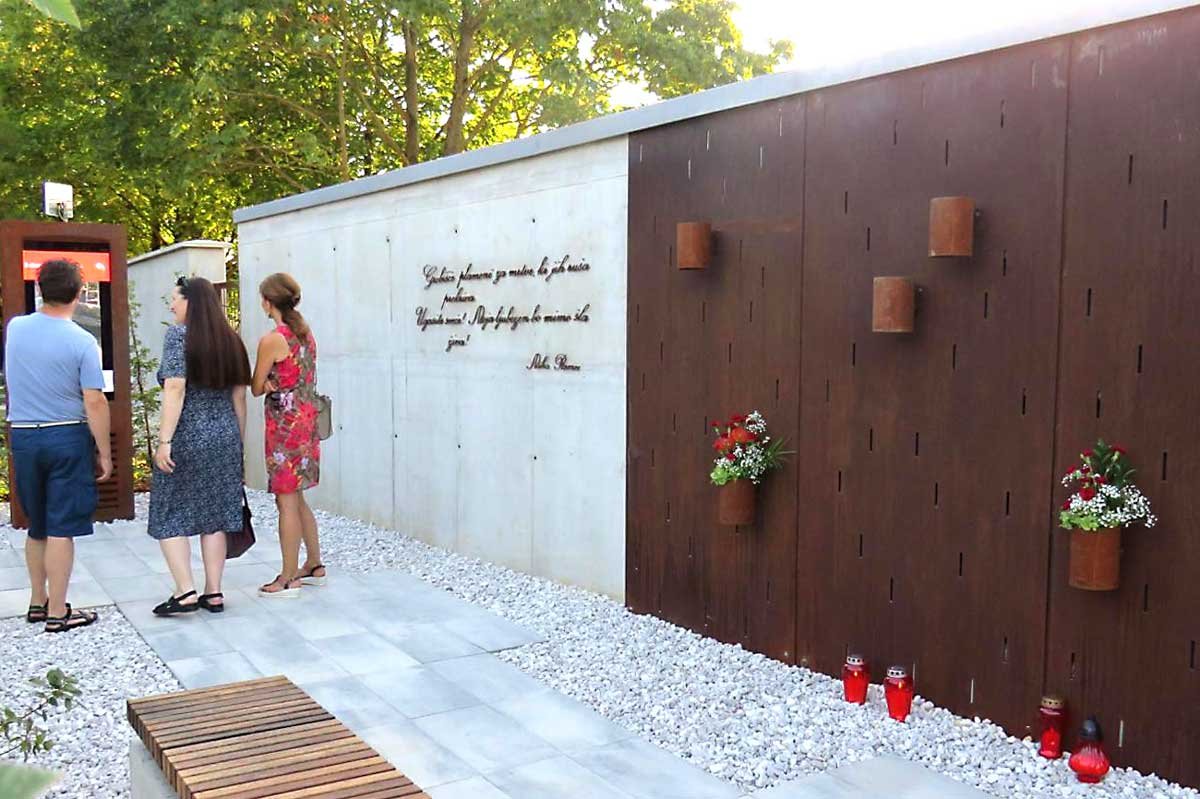Corten Steel's Journey from Industrial Heritage to Urban Chic
Corten steel, celebrated for its distinctive rust-like patina, is a popular choice in various outdoor architectural applications such as building facades, bridges, sculptures, and art installations. This robust material has now found a new trend in smart public furniture, where it serves as a structural element in smart benches and outdoor digital signage.
What is Corten Steel?
Weathering steel or commonly known as Corten steel (Cor-Ten®) is a type of steel alloy that develops a protective rust-like appearance over time when exposed to weathering elements like air, moisture and other environmental conditions. The corrosion process, instead of being detrimental, is acting as a protective layer.
The surface oxidation of weathering steel takes six months, but surface treatments can accelerate the oxidation of weathering steel to as little as one hour.
The American tractor served as the starting point for Corten architecture.
It wasn't until the 1960s that architects discovered Cor-Ten. John Deere, the heavy agricultural equipment manufacturer, in particular, indirectly played a role in its popularization. The president of John Deere desired a distinctive, down-to-earth, rugged, and practical headquarters building that would reflect the company's clients and their business. Leading the project was architect Eero Saarinen, who believed that Corten's weathered look would be a perfect choice for the material. Corten steel would mirror the down-to-earth nature of John Deere's business, while the modern building design would symbolize the company's commitment to new technologies. The building was a success, and Corten became the new trend.
Corten Modern City and Digital Urban Furniture
Weatherproofed steel finds its place in any modern city, with its features aligning seamlessly with the urban landscape and its concept. Due to its properties, Corten is an excellent material choice for urban furniture.
Sustainability
Sustainability is the central theme in modern city development. Beyond its natural aesthetic, the standout feature is its ability to develop a protective patina layer through exposure to alternating wet and dry cycles. This patina serves as a barrier, sealing the steel surface and significantly enhancing its resistance to corrosion. Another benefit is the patina's self-healing capability. In case of scratches or minor damage, the patina can regenerate over the affected area, maintaining its protective function.
Corten steel's environmental advantages are noteworthy. It eliminates the need for protective paint, reducing concerns related to volatile organic compounds (VOC) from paint and blast-cleaning debris during future maintenance. Additionally, the recyclability of Corten steel, combined with its prolonged lifespan and lower maintenance requirements, aligns with the sustainability goals of smart cities by minimizing environmental impacts and resource consumption.
Strength
Corten as any other steel is flexible. When it comes to public furniture, a little bit of flexibility is good. In contrary plastic or aluminium structural elements are not well suited for outdoor use in public places. Even when they are dimensioned to meet the expected loads (vandalism), their failure modes remain suboptimal, they fracture instead of bending due to their lack of ductility.
Aesthetic
Corten steel is alive, metaphorically. Its color ages with and is influenced by the specific environment. The color of Corten steel transforms from an initial light orange-brown hue to a deeper, dark brown over time. This change isn't solely a result of the passage of time; it is significantly influenced by the surrounding environment. In industrial settings, Corten steel tends to weather more rapidly, resulting in a darker final color compared to rural areas.
A similar concept was employed for the digital info totem in the Austrian municipality of Oberhofen im Inntal. Instead of using fully aged Corten steel, this unit is aging on-site. This way, the info totem will change over time to match its evolving surrounding environment.
The aging process can be manipulated by adding aging substances. The process is complex; if done incorrectly, the surface won't age seamlessly. Some spots may age more rapidly, leading to a darker color.
Conclusion
In conclusion, Corten steel's distinct rust-like patina not only adds aesthetic appeal but also aligns with sustainability goals in smart city development. Its versatility is evident in outdoor architectural applications and urban furniture, such as outdoor digital signage.
Corten steel's strength and flexibility make it ideal for outdoor digital signs, outperforming plastic or aluminum. Its ability to develop a protective patina, self-heal, and age with the environment enhances its resilience. Additionally, its low maintenance, recyclability, and evolving aesthetic contribute to sustainability objectives.






